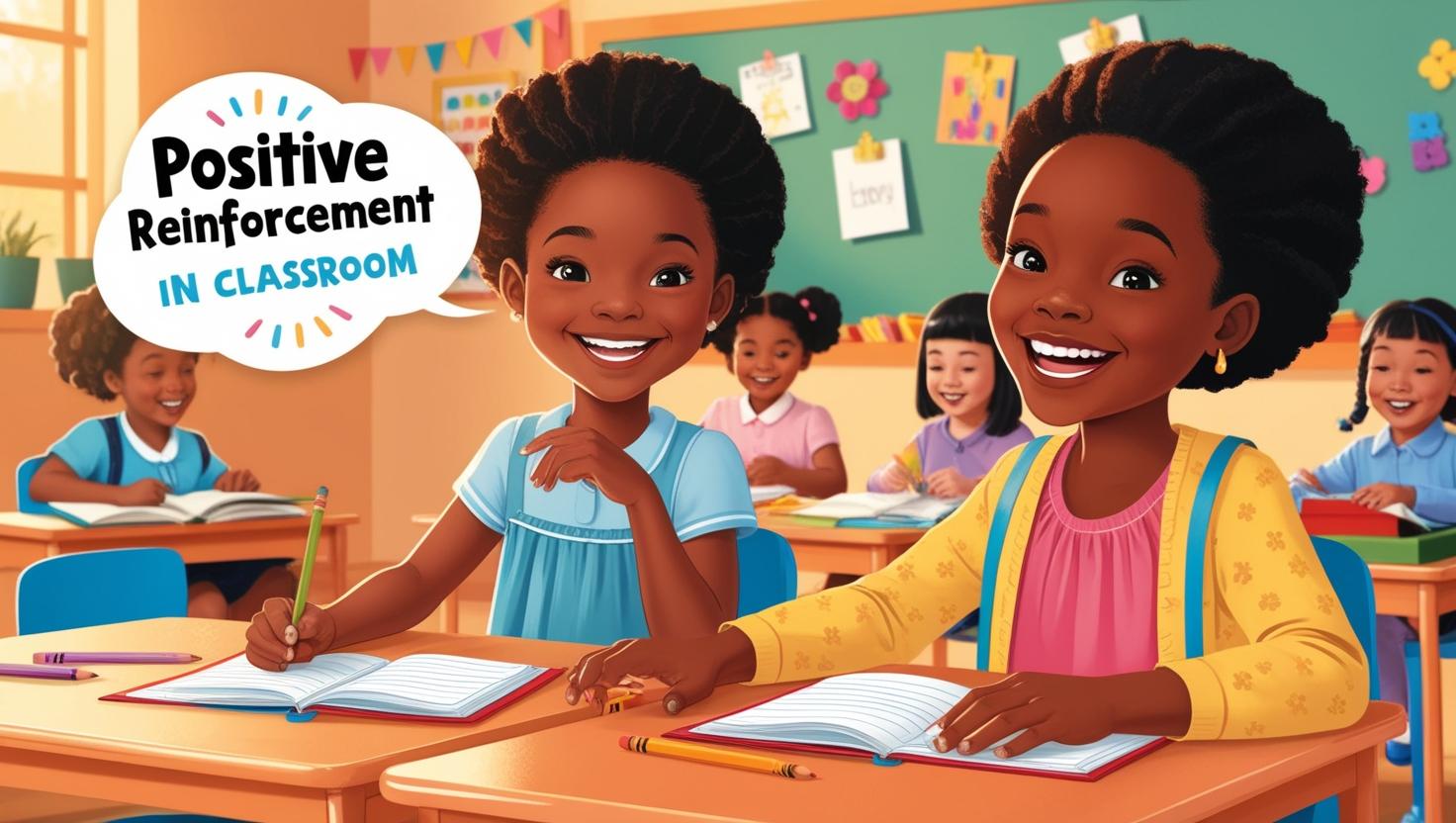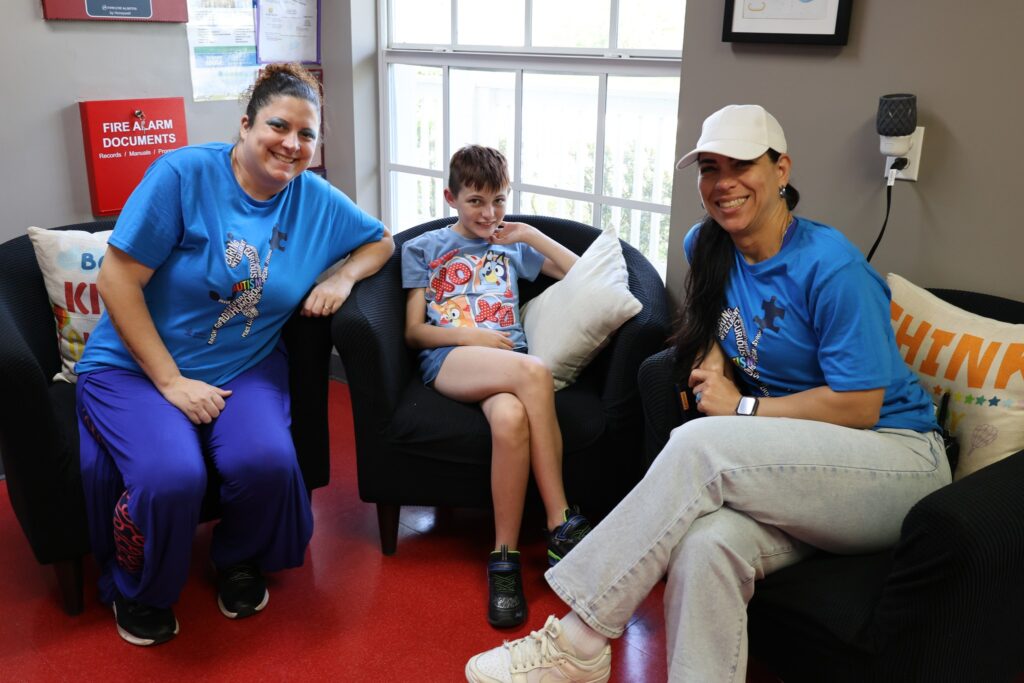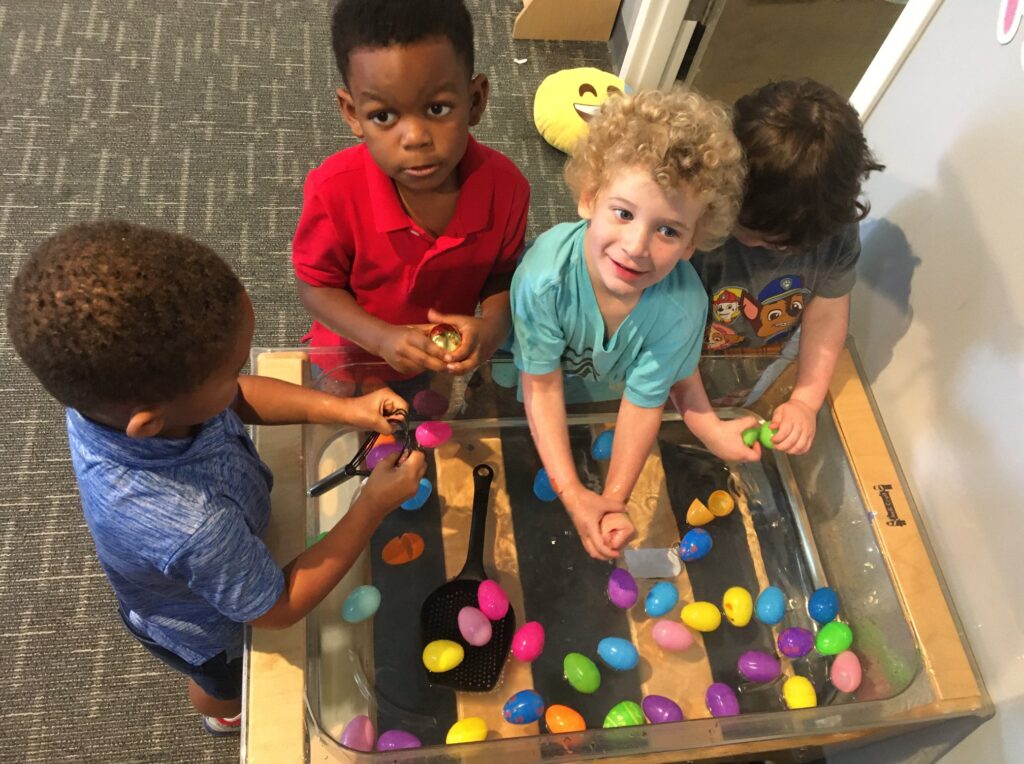Imagine a classroom where every child feels seen, supported, and empowered to grow. At Puzzle Box Academy, we believe that fostering this sense of belonging is key to unlocking the potential in every student. One of the most powerful tools we use to achieve this is positive reinforcement. Rooted in Aspire’s ABA (Applied Behavior Analysis)-informed practices, our approach emphasizes celebrating progress, nurturing confidence, and creating a supportive environment where students thrive.
Whether you’re a teacher, parent, or caregiver, understanding the role of positive reinforcement can transform how students engage, learn, and grow.
What is Positive Reinforcement?
Positive reinforcement is the consistent practice of acknowledging and rewarding desired behaviors to encourage them to continue. This could take the form of verbal praise, small rewards, or recognition of a student’s effort. Unlike traditional systems that focus on punishment, positive reinforcement builds self-esteem and strengthens the relationship between the student and their learning environment.
At Puzzle Box Academy, we use positive reinforcement to help students develop behaviors necessary for long-term success, such as task completion, effective communication, and emotional regulation.
Why It Works
Research shows that positive reinforcement:
- Boosts confidence by highlighting what a student is doing well.
- Creates a safe and supportive atmosphere where students feel valued.
- Encourages repeat behavior, reducing the need for corrective measures.
- Builds trust, fostering stronger relationships between educators, students, and peers.
Positive reinforcement helps redirect focus from what’s ‘wrong’ to celebrating progress, no matter how small.
How Puzzle Box Academy Leverages Positive Reinforcement
At Puzzle Box Academy, we consider every child’s unique needs, talents, and challenges when implementing reinforcement strategies. We work to ensure that our classrooms are places of growth, learning, and self-empowerment. Here’s how we incorporate positive reinforcement into our daily practices:
1. Shaping Behavior Through Positive Feedback

Every small win matters. When a student demonstrates desired behavior, we provide genuine, specific praise that celebrates their effort. For example, instead of saying, “Good job,” we might say, “I love how you raised your hand before answering the question—that shows great respect for your classmates!”
This specificity helps students understand precisely what they did well, motivating them to repeat the behavior.
2. Cultivating Confidence Step by Step

Positive reinforcement creates space for students to believe in their abilities, even when tasks feel challenging. By reinforcing effort rather than just outcomes, our students gain the confidence to try, fail, and try again with resilience.
Take, for example, a child working on reading comprehension. Instead of focusing solely on getting every answer correct, we celebrate their willingness to engage with the material, their improvement with each new attempt, and their persistence in tackling tricky questions.
3. Creating a Supportive Atmosphere

A collaborative, inclusive learning environment is at the heart of what we do. Every reinforcement strategy is designed not only to benefit the individual student but also to cultivate a sense of mutual respect and community in the classroom.
We often encourage students to recognize and reinforce each other’s positive behaviors. It’s a heartwarming way to build a classroom culture rooted in kindness and understanding.
4. Tying It Back to ABA Practices

Our practices align seamlessly with Aspire’s ABA-informed strategies, which emphasize data-driven approaches to learning and growth. Through consistent positive reinforcement, we help students develop skills that are not only academic but also practical for daily life.
Whether it’s learning to share, mastering a new math problem, or developing emotional regulation techniques, positive reinforcement enables long-term success.
Bringing It Home: Positive Reinforcement for Parents
Positive reinforcement doesn’t end in the classroom. Parents play a critical role in extending these strategies into everyday life. Here are a few ways parents can incorporate positive reinforcement at home:
- Reward Effort, Not Just Results: Praise your child for trying, even if they don’t succeed immediately. Focus on their perseverance.
- Be Specific with Praise: Highlight what they did well. Instead of “Great job,” try “I love the way you cleaned up your toys without being asked.”
- Offer Both Tangible and Intangible Rewards: Rewards can range from extra playtime to a warm hug and a heartfelt “I’m proud of you.”
Consistency is key. When parents and educators work together, the impact of positive reinforcement becomes even more profound.
MindMeld: Aspire
Every child deserves an environment where they can thrive, learn, and develop to the best of their abilities. Bridge to Tomorrow’s MindMeld Aspire Classroom Management Training program is designed to make that vision a reality for educators and caregivers. This comprehensive training combines lessons from 11 years of Neurodivergent teaching with the principles of Applied Behavior Analysis (ABA), a proven and research-based approach to supporting children with cognitive challenges.
MindMeld Aspire goes beyond just theory. It equips educators and caregivers with practical strategies and tools to foster an inclusive and nurturing learning environment. Whether you’re teaching neurodivergent youth or children facing behavioral and developmental differences, this program offers actionable techniques to meet their unique needs.
Structured across four levels—Aspire Foundations, Aspire Intensive, Aspire Master, and Aspire Administrator—the program provides a step-by-step pathway for participants to build expertise. Each level dives deeper into core skills like classroom management, applied behavior analysis, precision teaching, and more advanced concepts such as program monitoring and staff performance management.
Through MindMeld Aspire, you’ll gain the knowledge and confidence to make a meaningful impact in the lives of neurodiverse learners. Join a growing community of educators who are transforming classrooms into safe, supportive spaces where every child has the opportunity to succeed.
Join the MindMeld Community today for support from parents, caregivers, and educators who understand and care ❤️https://mm-community-65d843.circle.so/checkout/mindmeld-community
Or get Aspire and get 60 Days of MMC for free! https://mm-community-65d843.circle.so/checkout/mindmeld-aspire-with-60-days-of-mmc-free
Why Positive Reinforcement Matters
At Puzzle Box Academy, we’ve witnessed firsthand how positive reinforcement shapes behavior, builds confidence, and nurtures the whole child. It’s more than a teaching tool; it’s a way of empowering students to believe in themselves and their abilities while fostering meaningful connections with their peers and teachers.
Through these strategies, we’re not just celebrating achievement—we’re celebrating growth, resilience, and progress.
Join the Puzzle Box Academy Community
We know that creating a safe, nurturing environment is something that parents, teachers, and caregivers all dream about for their children. At Puzzle Box Academy, we’re committed to helping every student reach their full potential.
If you’re looking for an educational environment that prioritizes positivity, inclusivity, and expert care, we’d love to connect. Visit our website or book a tour to learn more about how our programs can support your child’s unique needs.
Together, let’s celebrate what makes every child exceptional. Let’s go from praise to progress!
External Links:
- Puzzle Box Academy: Emphasizes creating a safe environment for children to grow and thrive.
- Differential reinforcement: Puzzle Box Academy uses differential reinforcement in applied behavior analysis to decrease undesired behaviors.
- Aspire Behavioral Care: Offers ABA therapy for individuals with developmental disabilities.
- The Power of Positive Reinforcement: Learn how ABA …: Aspire uses positive reinforcement in ABA therapy.
- Aspire Child & Family Services, Inc. – ABA therapy isn …: ABA therapy uses positive reinforcement to encourage desired behaviors and create lasting changes.



